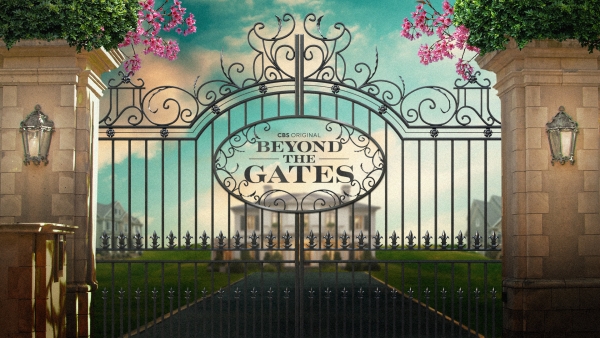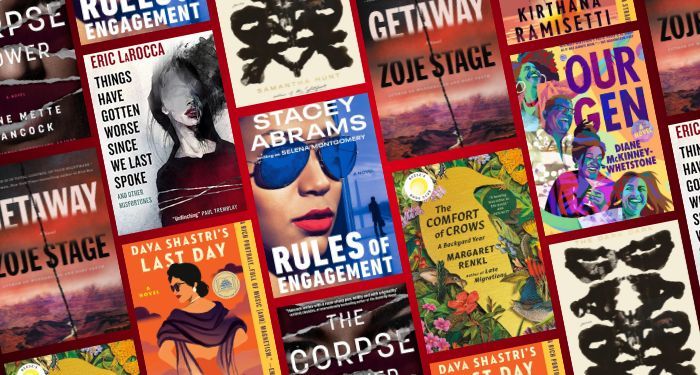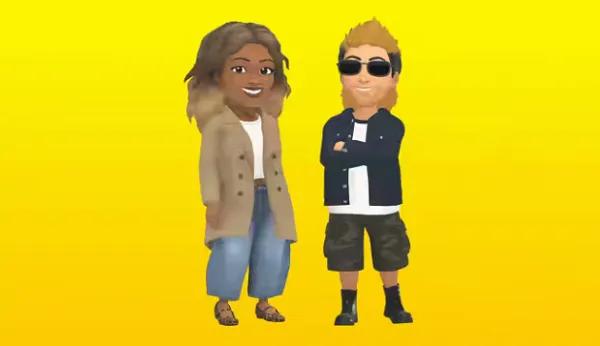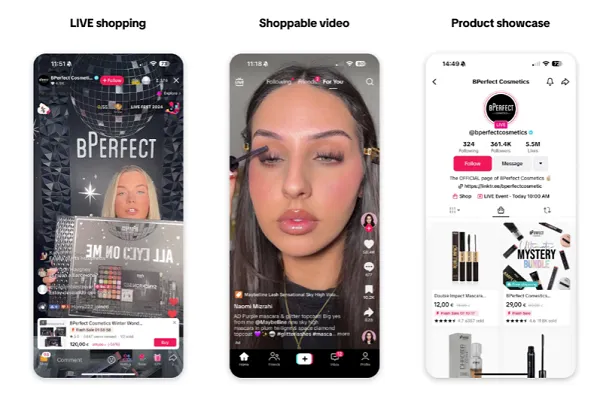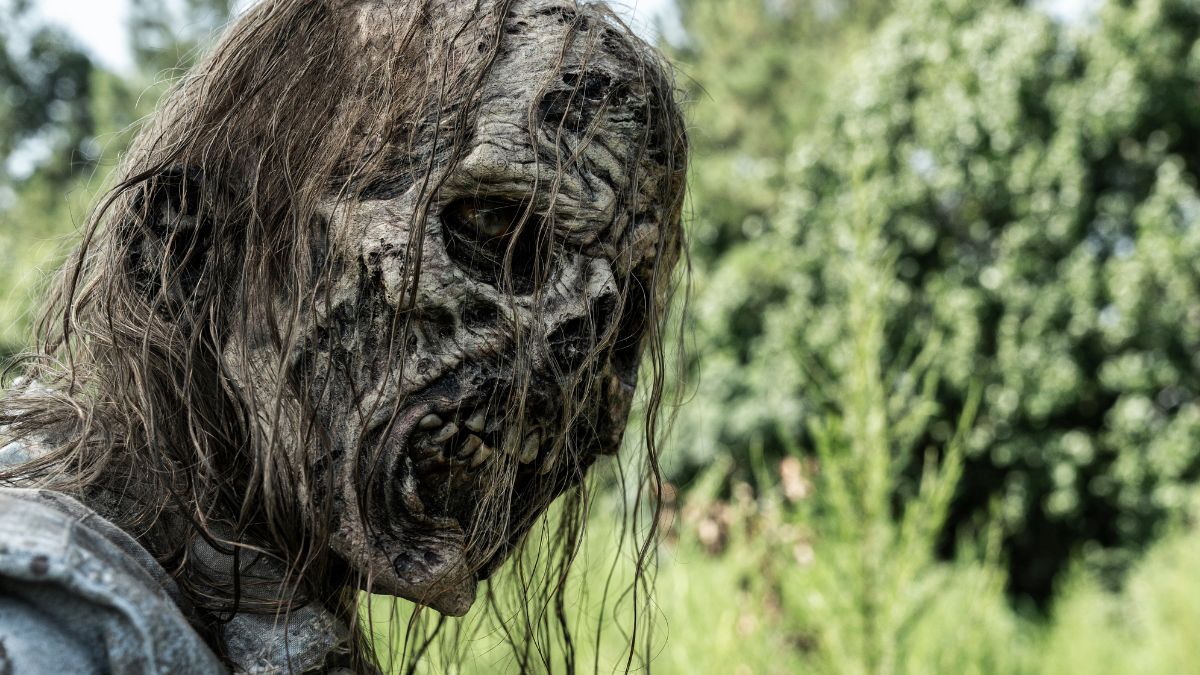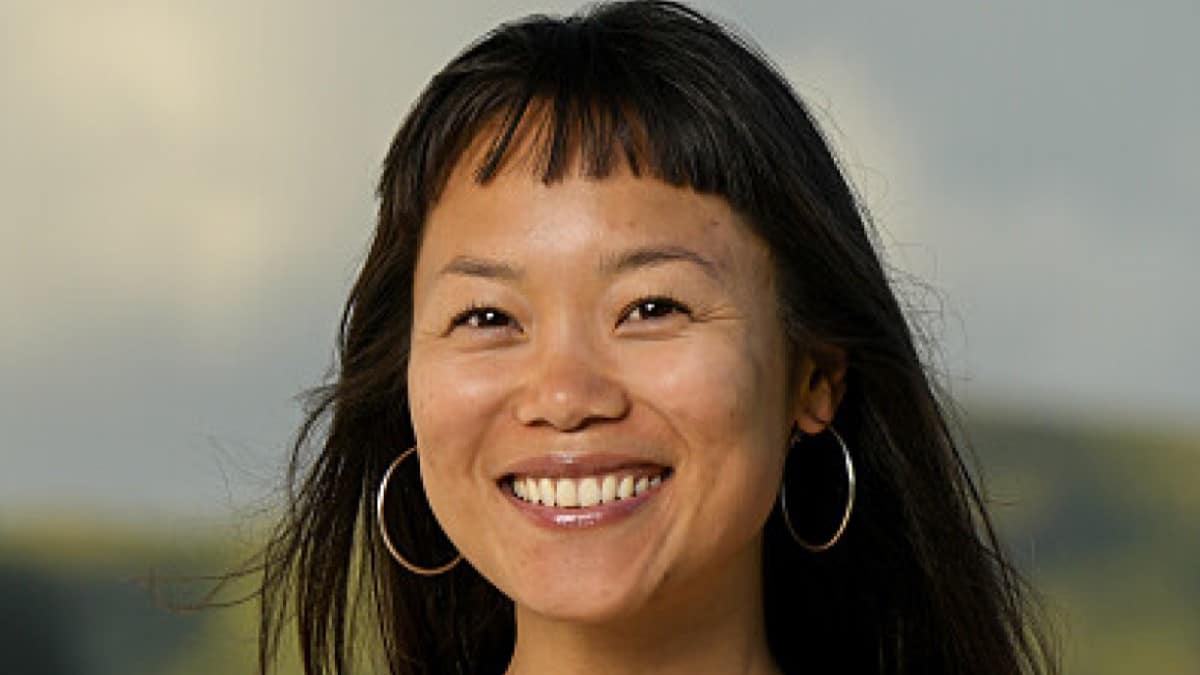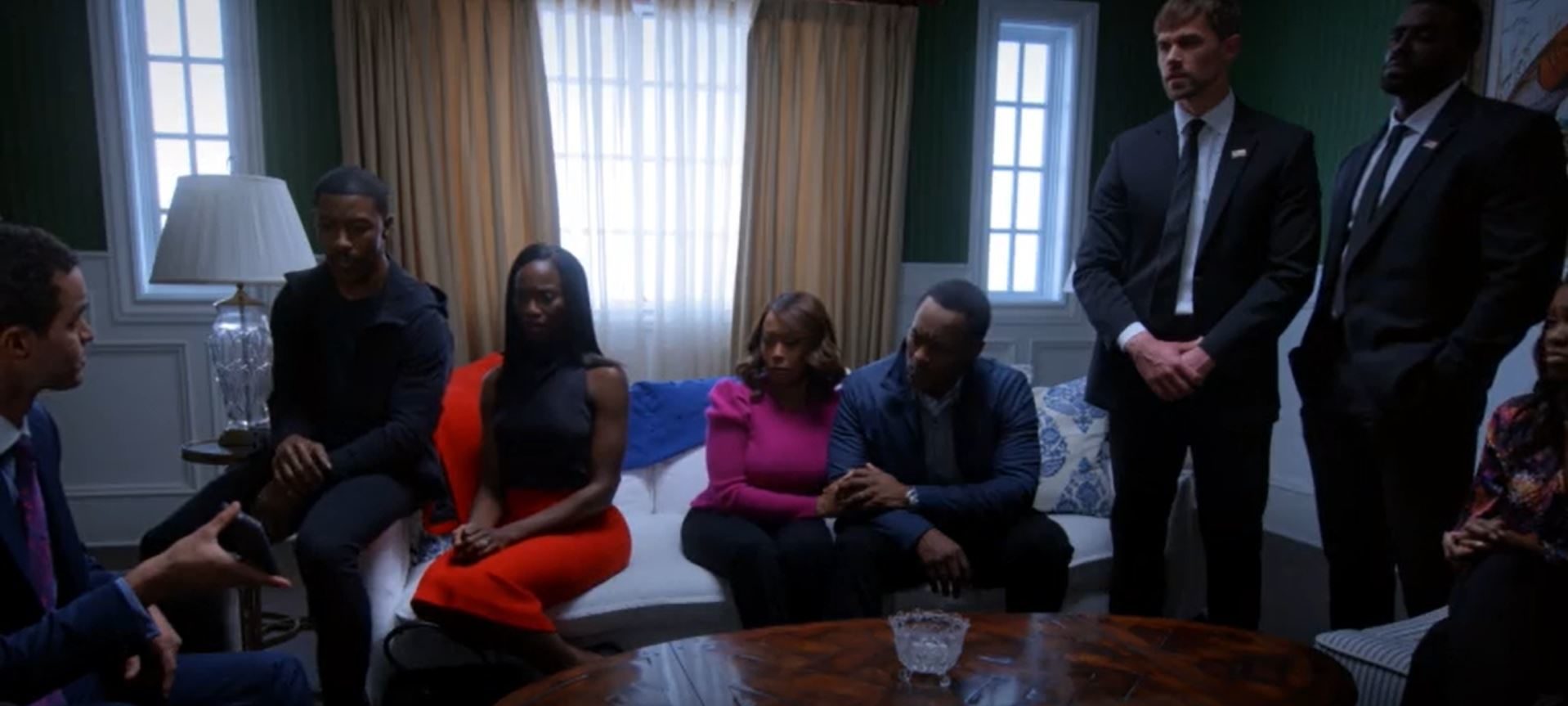Schiaparelli brought this idea to fashion with pieces like a sweater featuring what looked like a scarf collar; a coat that showed two faces looking at each other, with their silhouettes forming a flower vase from 1937; and gloves with red nail polish. “The idea of creating experiences through fashion, almost like a dream, is the essence of surrealism,” says Lisby. Over time, other designers have adopted trompe l’oeil. Geoffrey Beene designed optical illusion garments during the ‘60s and ‘70s; Jean Paul Gaultier became known for showing naked bodies on his clothing in the ‘90s, and John Galliano applied trompe l’oeil to his work at his namesake label, Dior, and Maison Martin Margiela for the last 30 years.















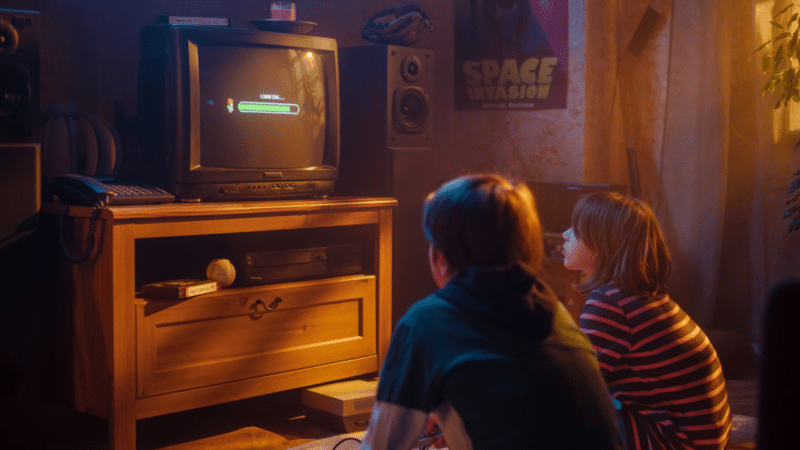






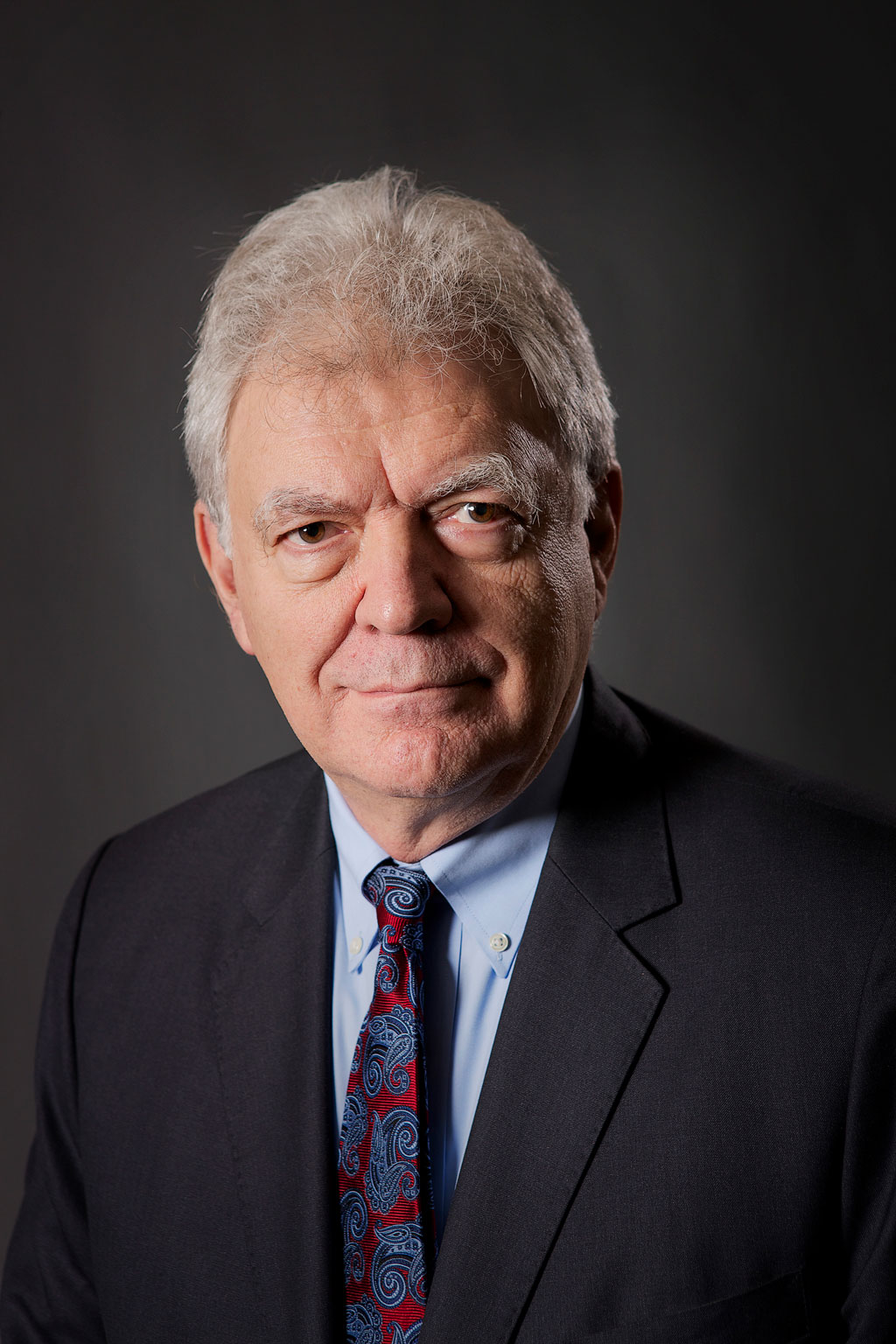

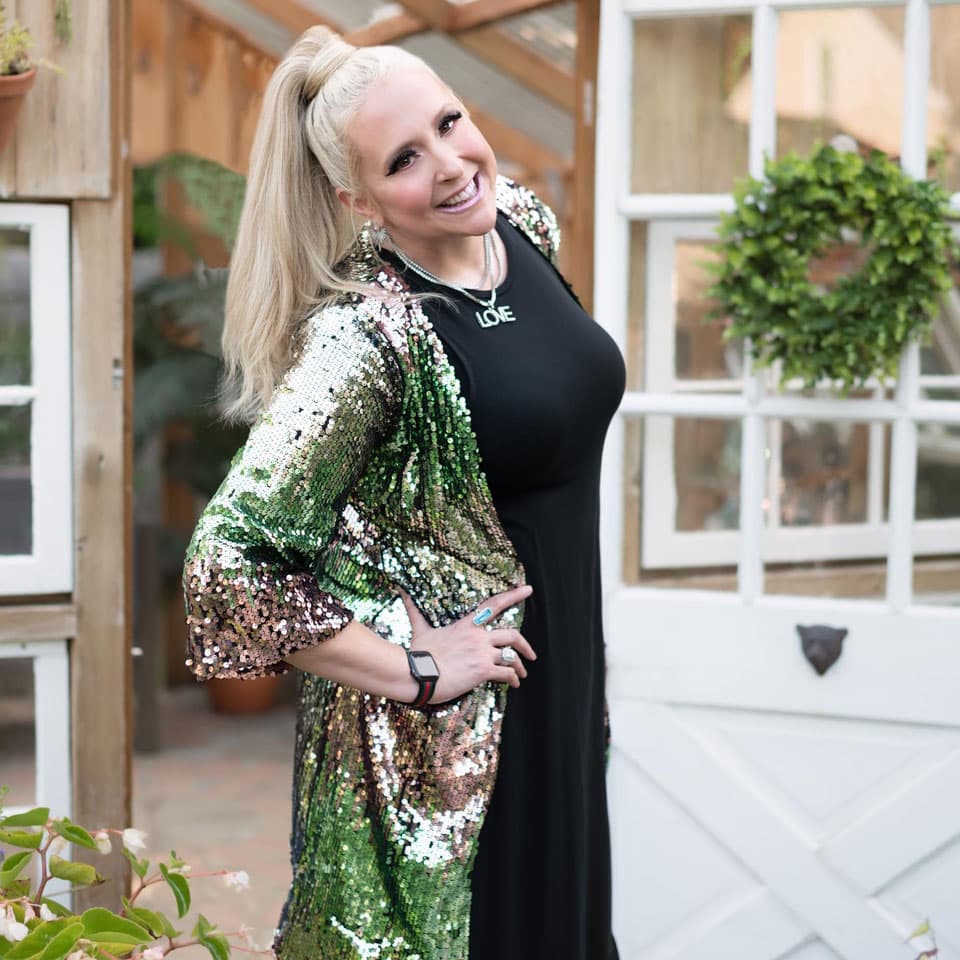
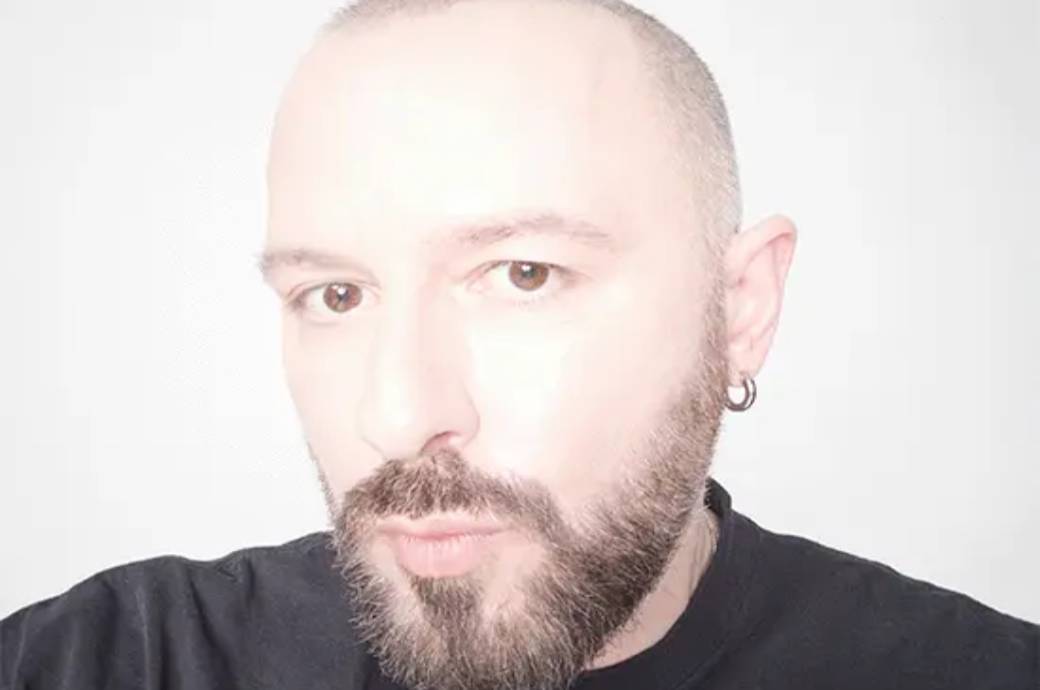
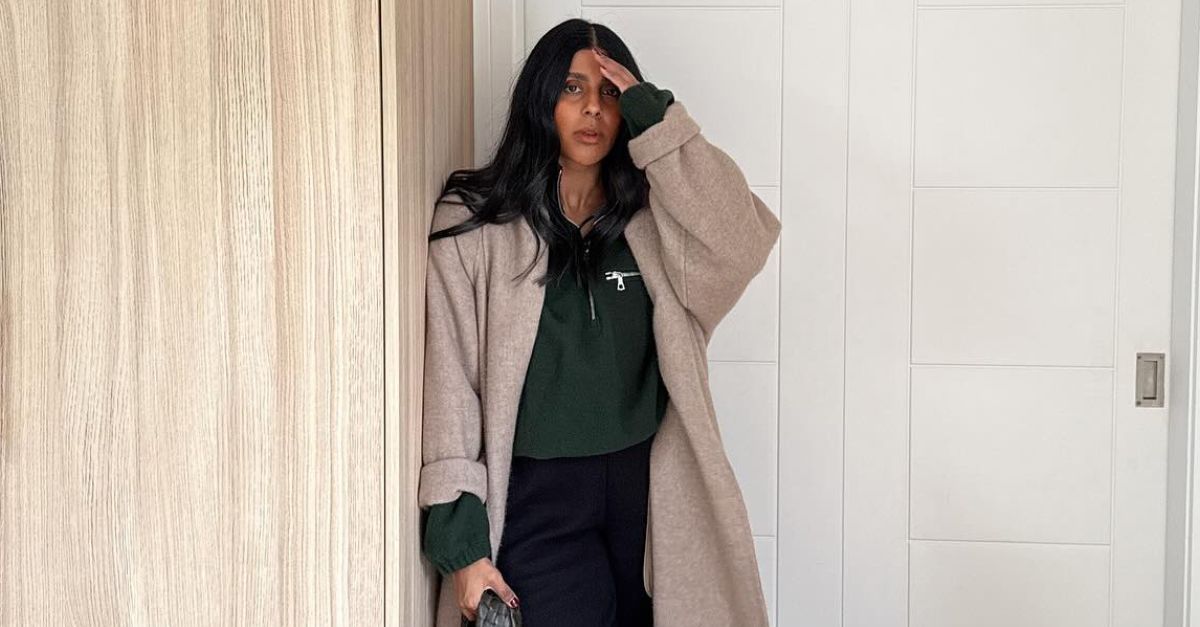
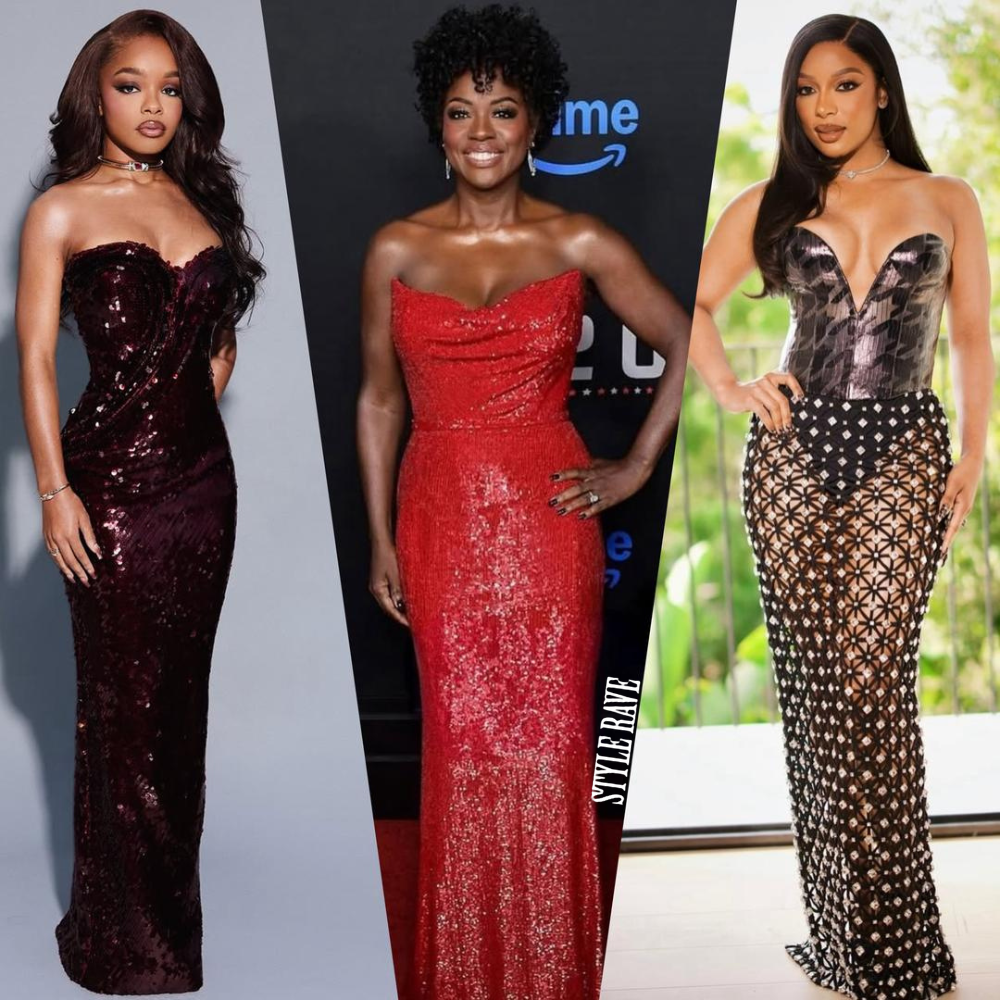
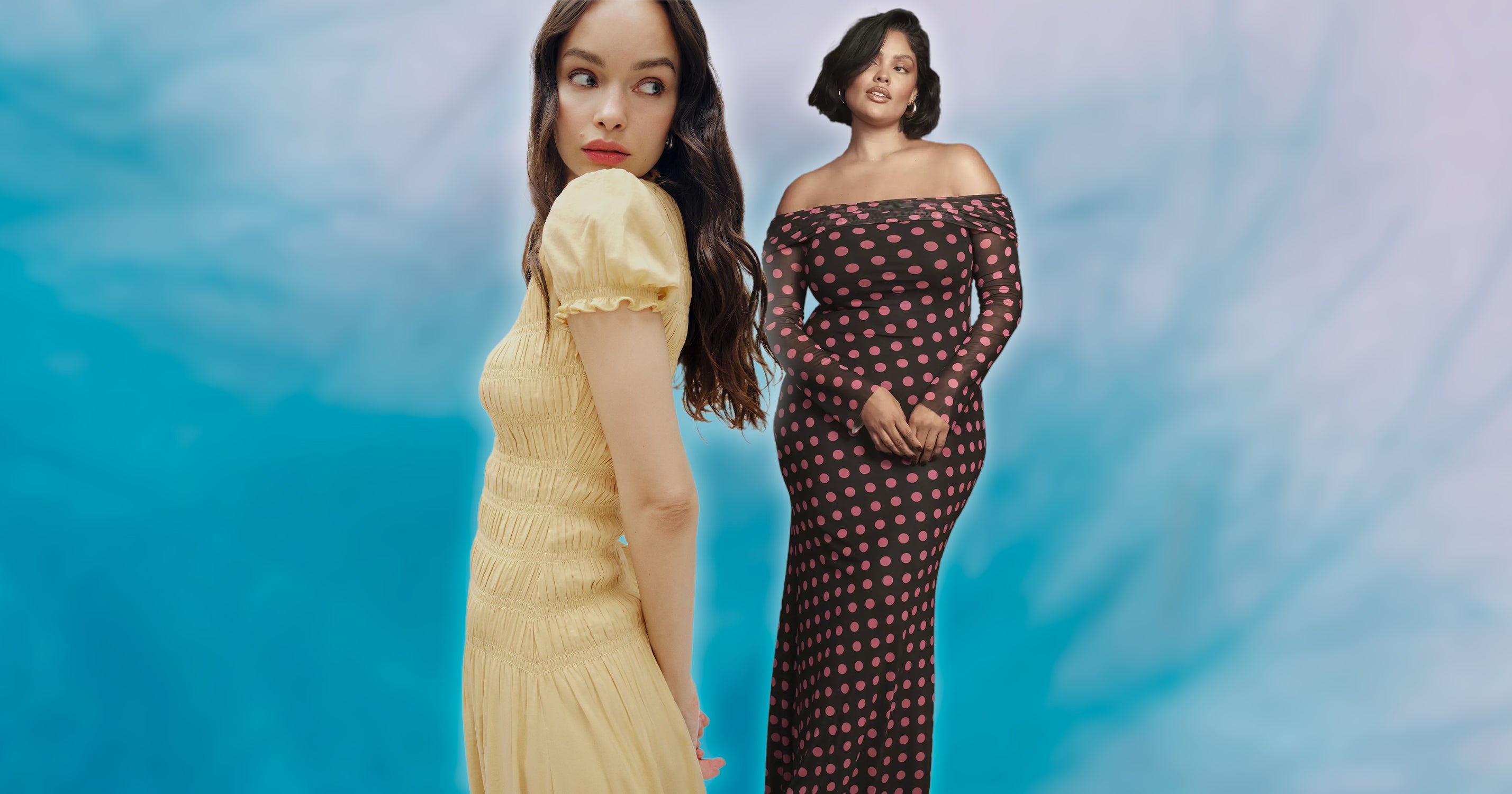
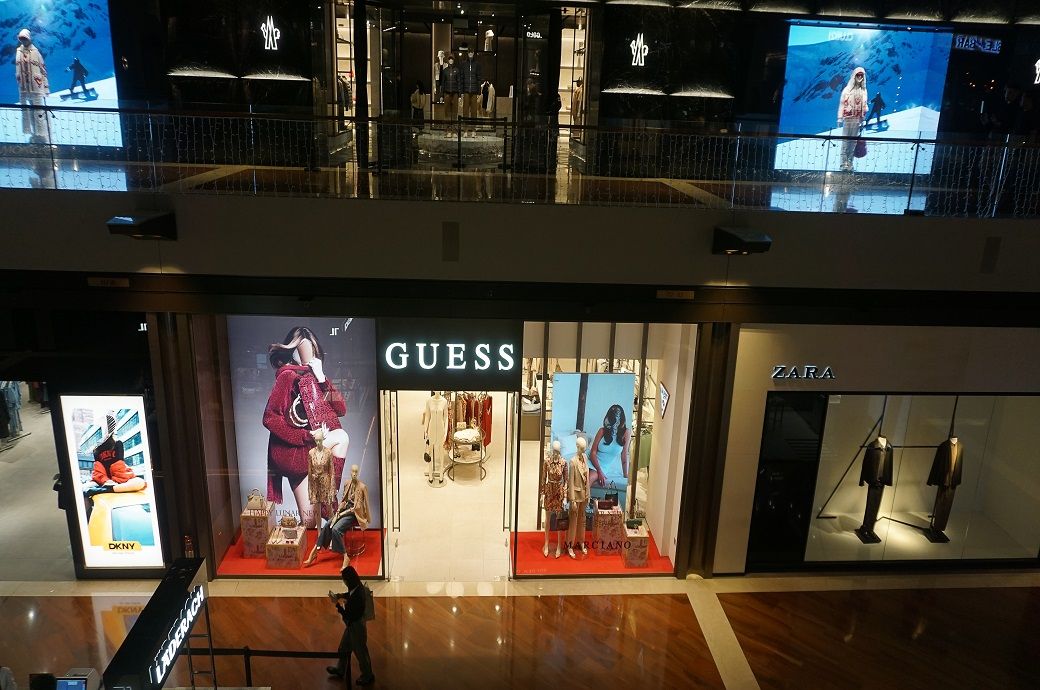
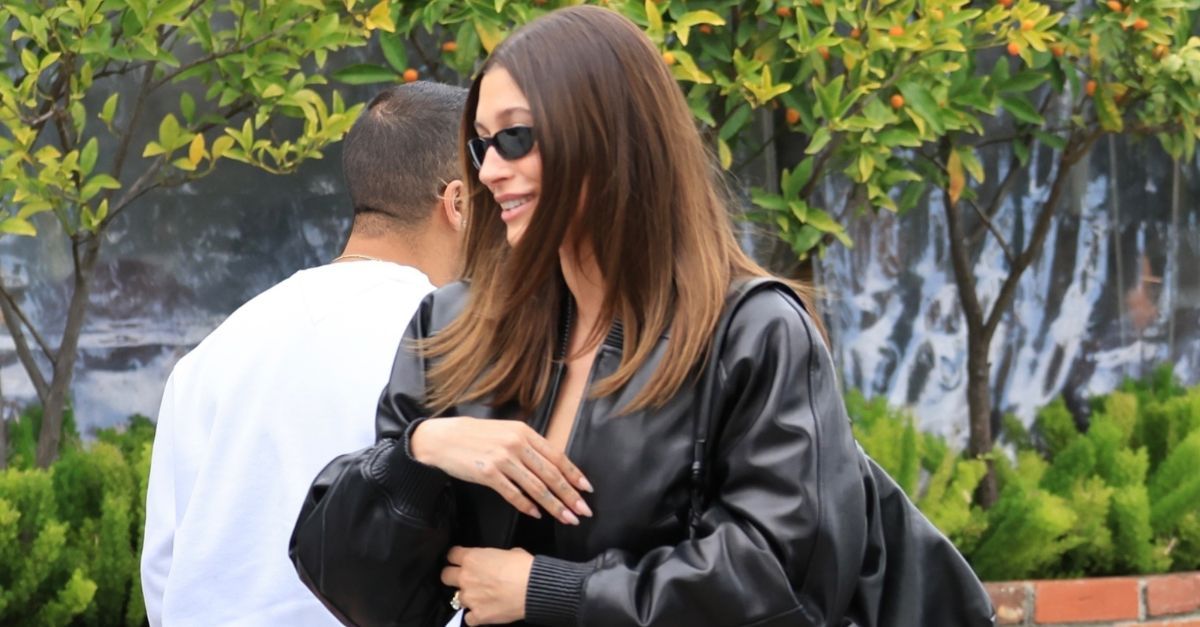






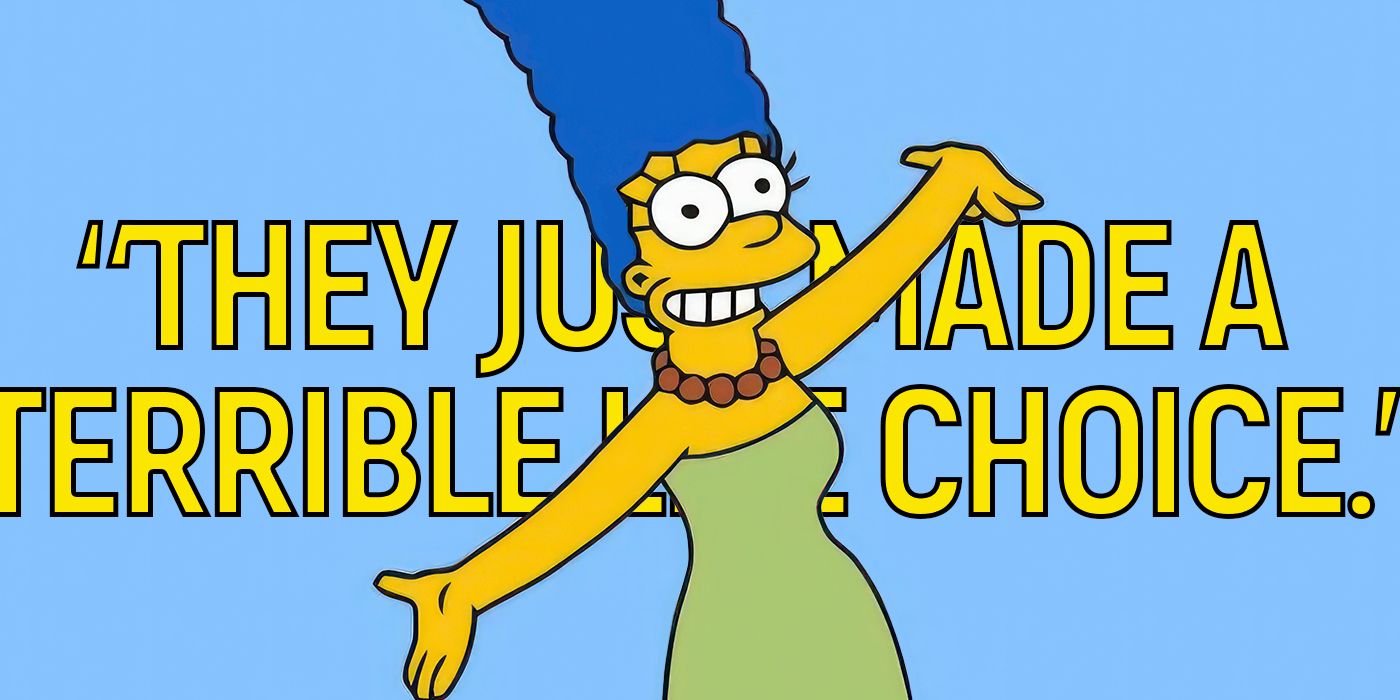


![Spider-Man Is Back in Black With the Green Goblin in New Funko Pop! Figures [Exclusive] Spider-Man Is Back in Black With the Green Goblin in New Funko Pop! Figures [Exclusive]](https://static1.colliderimages.com/wordpress/wp-content/uploads/2025/03/spider-man-the-animated-series-green-goblin.jpg)


